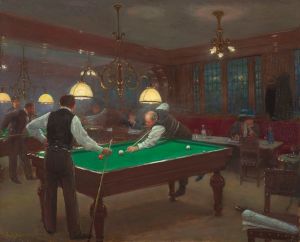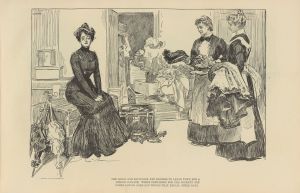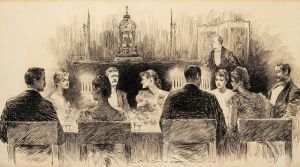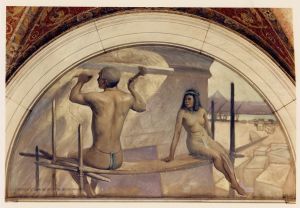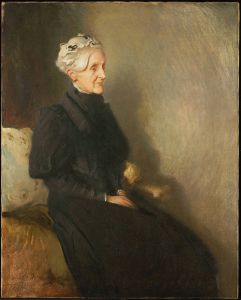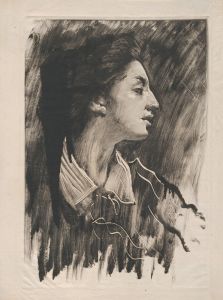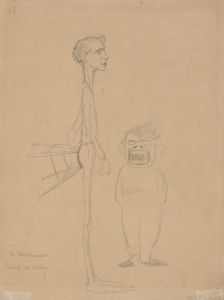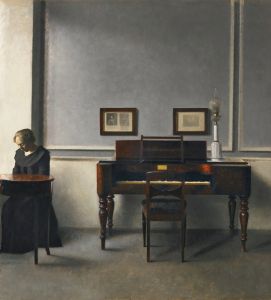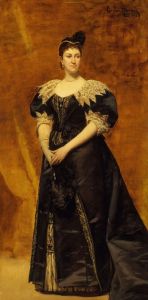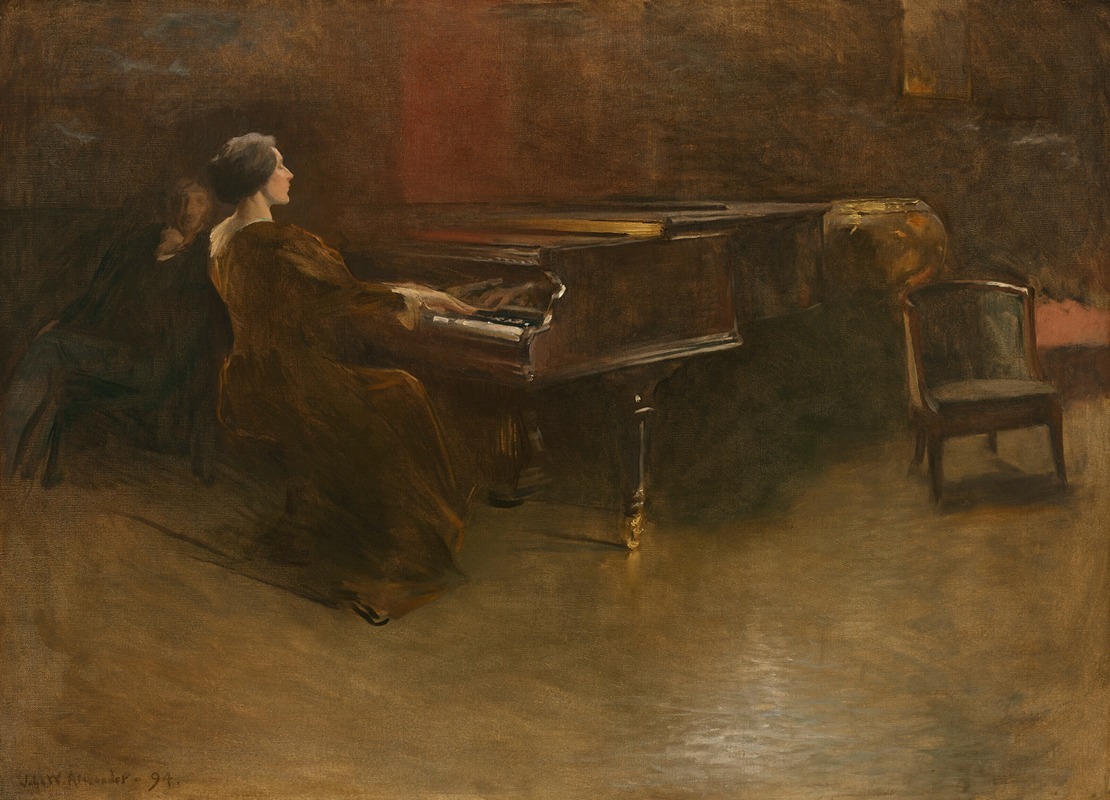
Le Piano
A hand-painted replica of John White Alexander’s masterpiece Le Piano, meticulously crafted by professional artists to capture the true essence of the original. Each piece is created with museum-quality canvas and rare mineral pigments, carefully painted by experienced artists with delicate brushstrokes and rich, layered colors to perfectly recreate the texture of the original artwork. Unlike machine-printed reproductions, this hand-painted version brings the painting to life, infused with the artist’s emotions and skill in every stroke. Whether for personal collection or home decoration, it instantly elevates the artistic atmosphere of any space.
John White Alexander (1856–1915) was an American painter and illustrator known for his elegant and expressive portraiture, as well as his contributions to the Symbolist and Art Nouveau movements. One of his notable works, Le Piano, exemplifies his skill in capturing mood and atmosphere through composition and color.
Le Piano is an oil painting created by Alexander in 1896. The artwork depicts a serene domestic scene featuring a woman seated at a piano, her figure gracefully positioned as she engages with the instrument. The painting is characterized by its soft, flowing lines and a muted color palette, which contribute to its tranquil and introspective tone. The woman's attire and posture, combined with the subdued lighting, evoke a sense of quiet elegance and intimacy.
Alexander's style in Le Piano reflects his broader artistic influences, which included the works of James McNeill Whistler and the aesthetic principles of the Art Nouveau movement. The painting demonstrates his mastery of composition, as the interplay of light and shadow draws the viewer's attention to the central figure while maintaining a harmonious balance throughout the canvas.
The painting was exhibited at the Paris Salon in 1896, where it received critical acclaim. This period marked a significant phase in Alexander's career, as he gained international recognition for his work. Le Piano is often cited as an example of his ability to blend realism with a lyrical, almost dreamlike quality, a hallmark of his mature style.
Today, Le Piano is part of the collection of the Musée d'Orsay in Paris, France. The museum, renowned for its extensive holdings of 19th-century art, provides an appropriate setting for this piece, which captures the refined aesthetic sensibilities of its era. Visitors to the museum can view the painting alongside other works by Alexander and his contemporaries, offering insight into the artistic currents of the late 19th century.
Le Piano remains a testament to John White Alexander's artistic legacy, showcasing his ability to convey emotion and atmosphere through his distinctive approach to portraiture and genre scenes. The painting continues to be appreciated for its timeless beauty and its place within the broader context of American and European art history.





